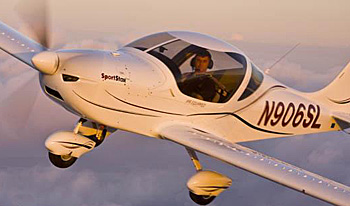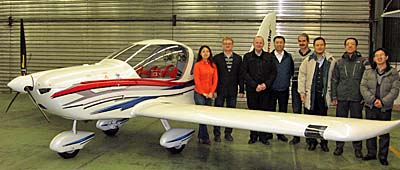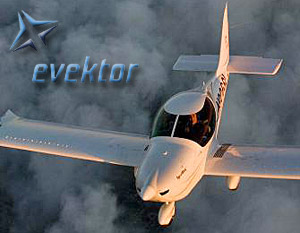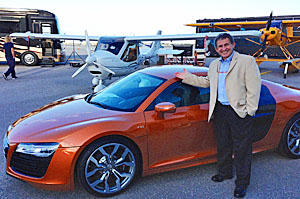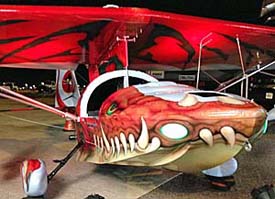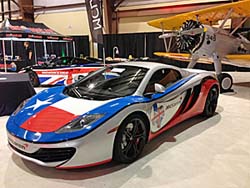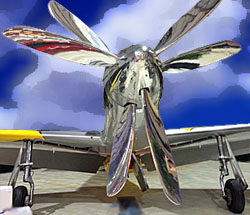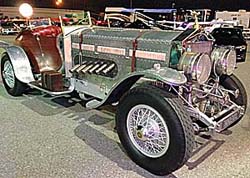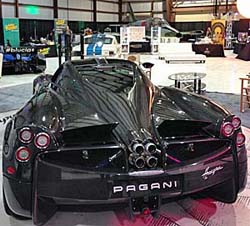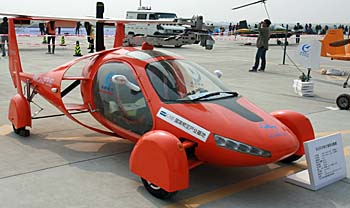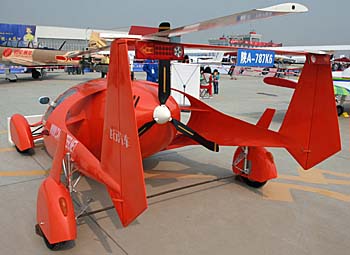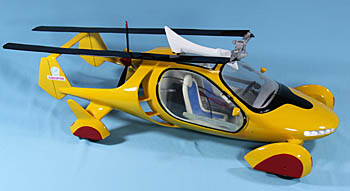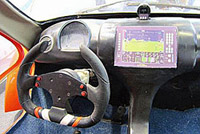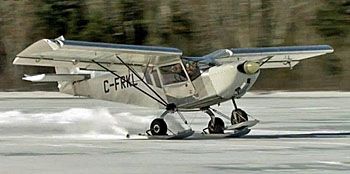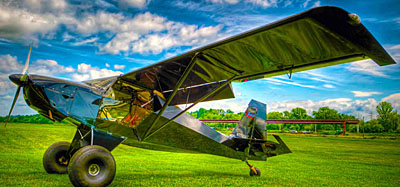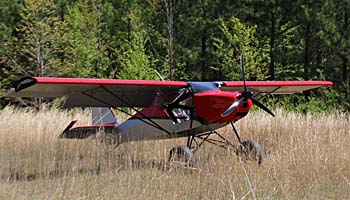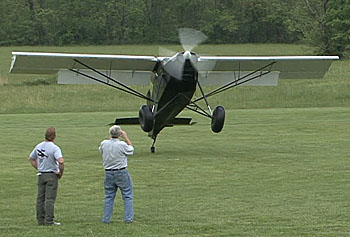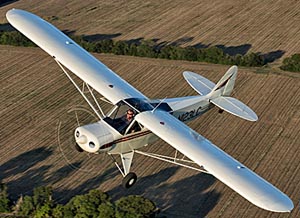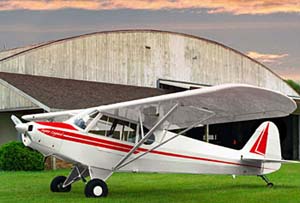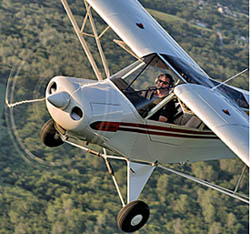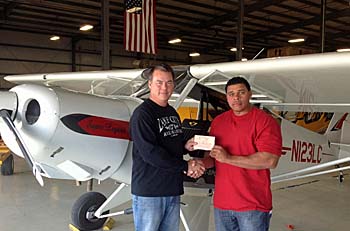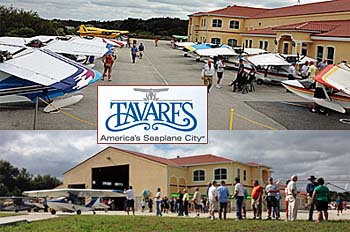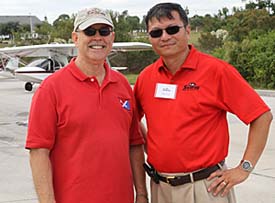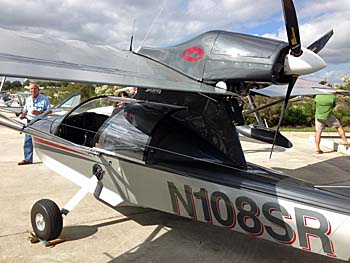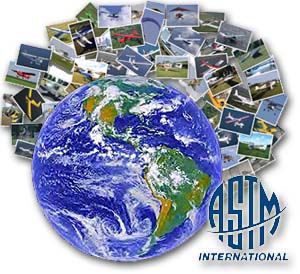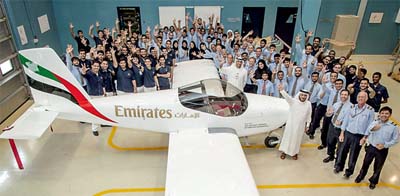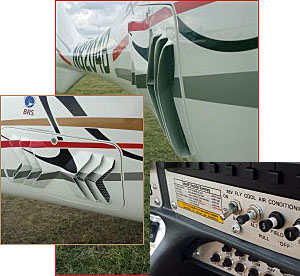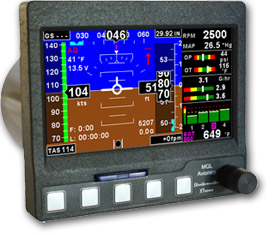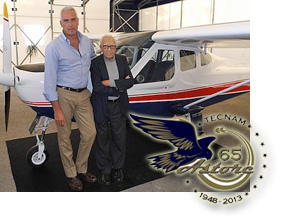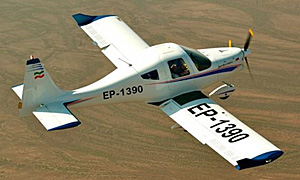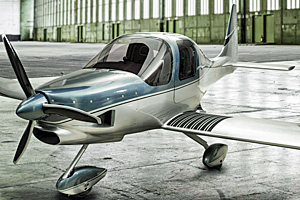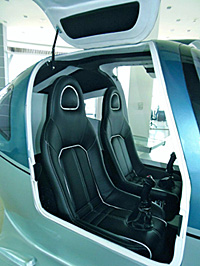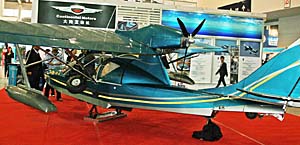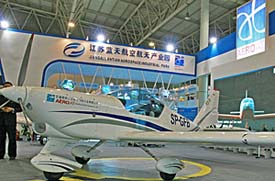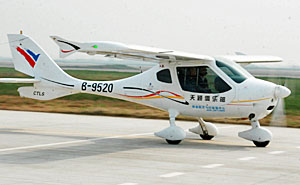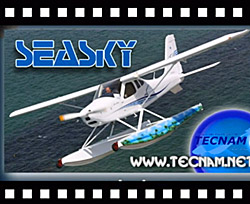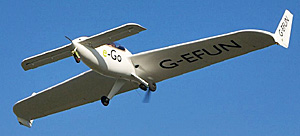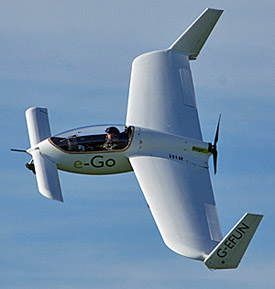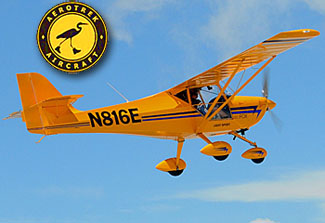
You may have missed it. If so, this article provides another look at a LSA provider that I consider something of a “sleeper” … and if you do not know that term, it’s meant to be positive yet refer in this case to a company that does its thing well if somewhat quietly. I am writing about Aerotrek Aircraft and its two models, the taildragging A220 and the trigeared A240. These airplanes may look familiar — itself a good thing as they are based on a very well proven original design — yet they have seen steady updating and improvement that makes a distinct airplane as we head into 2014. Proprietor Rob Rollison has shown a very steady hand at the tiller and recently updated his company’s news. “Sales of our Aeropro planes continue to be good — sold out until late-August 2014,” wrote Rob. “We will show 10 planes delivered in calendar year 2013.” However, his company also sold one to Mexico, so that one will not show up on our third quarter 2013 market share report to be published next week. Two more Aerotreks are aboard an ocean freighter so will be counted as 2014 deliveries. Another pair are reported complete but will not be shipped until after the new year. This suggests Aerotrek will continue a steady climb up from 2013.



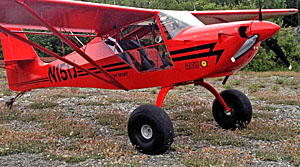
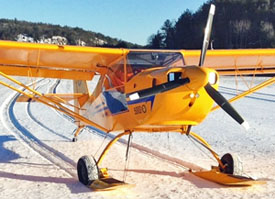
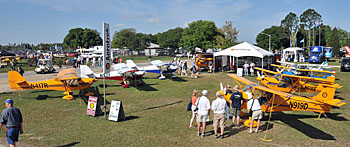
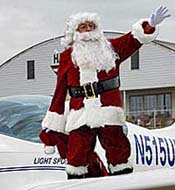
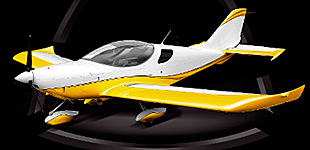
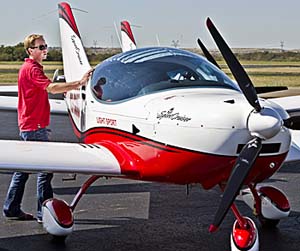
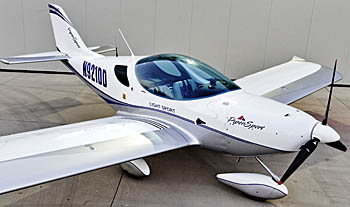

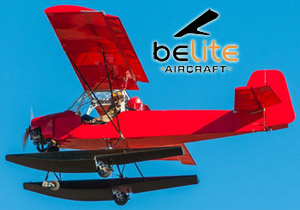
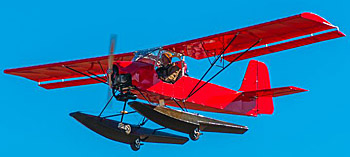
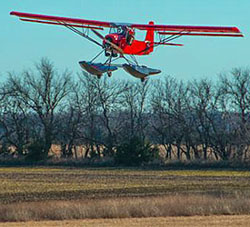

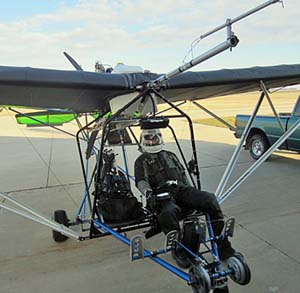
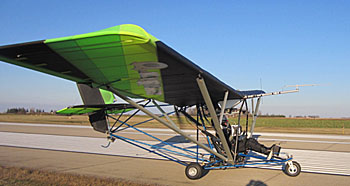
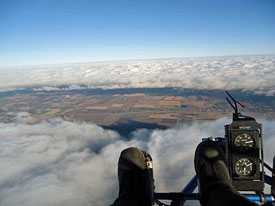
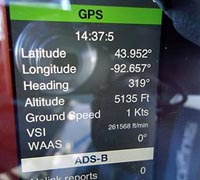

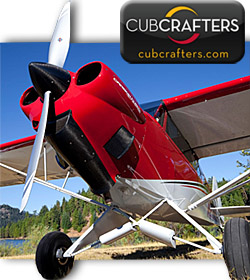
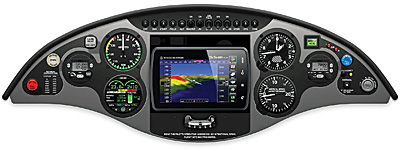
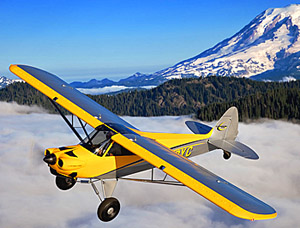

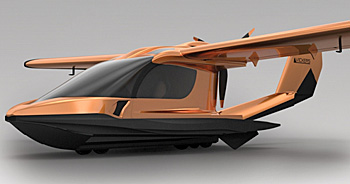
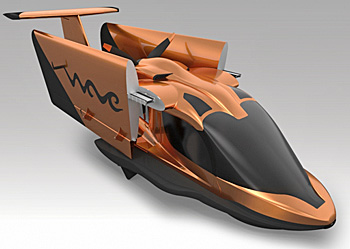



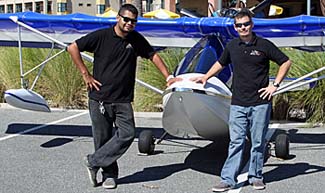 The city of Tavares, Florida ought to be feeling good about their effort to become their adopted name:
The city of Tavares, Florida ought to be feeling good about their effort to become their adopted name: 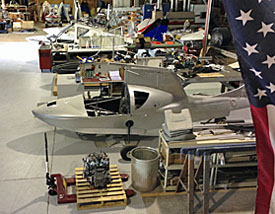 In 2013, this a tale of two men named Alex and a familiar brand in the light kit arena. The longtime friends got together in central Florida after Alex R purchased the rights, designs, and inventory of Aero Adventure. While Alex R continues his work in the banking business, he tapped his friend to manage the refreshed enterprise. In a sign of true friendship Alex G willingly departed the western USA to help his old buddy. Rolinski is a longtime pilot, an A&P mechanic, and did service in the Air Force as a Flight Engineer. Both men seem highly motivated and ready to do more with this long established company. Long ago, Aero Adventures (under a different company name in those days) created the Buccaneer one and two place ultralights. Steady evolution lead to the Aventura and the collection of old and new aircraft resembling the original makes one of the early success stories in what was then the ultralight industry. The company under various leaders built more than 1,000 airplanes.
In 2013, this a tale of two men named Alex and a familiar brand in the light kit arena. The longtime friends got together in central Florida after Alex R purchased the rights, designs, and inventory of Aero Adventure. While Alex R continues his work in the banking business, he tapped his friend to manage the refreshed enterprise. In a sign of true friendship Alex G willingly departed the western USA to help his old buddy. Rolinski is a longtime pilot, an A&P mechanic, and did service in the Air Force as a Flight Engineer. Both men seem highly motivated and ready to do more with this long established company. Long ago, Aero Adventures (under a different company name in those days) created the Buccaneer one and two place ultralights. Steady evolution lead to the Aventura and the collection of old and new aircraft resembling the original makes one of the early success stories in what was then the ultralight industry. The company under various leaders built more than 1,000 airplanes.
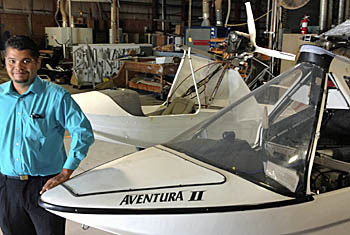 Of that fleet Alex Rolinski reported that more than 160 are the two place Aventura II versions that today form the heart of the business. However, he added and Alex Gutierrez reinforced that a single place model is also available and they expect to put more time into developing it. Why? Well ... price is important to many potential buyers. So let's summarize. In the world of seaplanes expect to spend considerably more; 25% or more is not uncommon to go from a land plane to an amphibious float-equipped version. If you evaluate such aircraft, even in the LSA space (and it'll be a great deal more for a certified seaplane), prices begin at around $150,000. Yet here is Aero Adventure offering a two-place airframe kit for $25,000, with Rotax 582 engine for about $33,000. If you go whole hog with the Rotax 912 or Viking engine, you might lay out as much as $70,000 ... less than half what you might otherwise spend. Of course this is not an ASTM-compliant LSA and you'll have to build the airplane. However, price-conscious buyers recognize these are more affordable choices for an airplane that boasts more than 20 years of history. Alex R and Alex G both indicated they will also pursue a Part 103-capable version, however, you may need to shop for an engine as the Rotax 447/503 they'd use is no longer in production (fortunately plenty of used engines are available; this will further restrain the cost to get airborne).
Of that fleet Alex Rolinski reported that more than 160 are the two place Aventura II versions that today form the heart of the business. However, he added and Alex Gutierrez reinforced that a single place model is also available and they expect to put more time into developing it. Why? Well ... price is important to many potential buyers. So let's summarize. In the world of seaplanes expect to spend considerably more; 25% or more is not uncommon to go from a land plane to an amphibious float-equipped version. If you evaluate such aircraft, even in the LSA space (and it'll be a great deal more for a certified seaplane), prices begin at around $150,000. Yet here is Aero Adventure offering a two-place airframe kit for $25,000, with Rotax 582 engine for about $33,000. If you go whole hog with the Rotax 912 or Viking engine, you might lay out as much as $70,000 ... less than half what you might otherwise spend. Of course this is not an ASTM-compliant LSA and you'll have to build the airplane. However, price-conscious buyers recognize these are more affordable choices for an airplane that boasts more than 20 years of history. Alex R and Alex G both indicated they will also pursue a Part 103-capable version, however, you may need to shop for an engine as the Rotax 447/503 they'd use is no longer in production (fortunately plenty of used engines are available; this will further restrain the cost to get airborne).
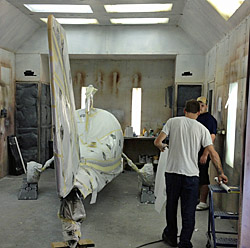 When we visited Aero Adventure, we were shown around by Business Manager Alex Gutierrez. Jumping into aviation to help his friend, I was impressed by his depth of knowledge in only a few months. Alex G helped with the move and though they still have work to sort out lots of parts, tooling, and details, their progress looked good. The factory floor had airplanes in for updates or maintenance and they benefit from their own paint booth (photo). With more than a thousand airplanes out in the field, Aero Adventure has a business foundation. Among their developments, they've fitted the Florida-based Viking engine
When we visited Aero Adventure, we were shown around by Business Manager Alex Gutierrez. Jumping into aviation to help his friend, I was impressed by his depth of knowledge in only a few months. Alex G helped with the move and though they still have work to sort out lots of parts, tooling, and details, their progress looked good. The factory floor had airplanes in for updates or maintenance and they benefit from their own paint booth (photo). With more than a thousand airplanes out in the field, Aero Adventure has a business foundation. Among their developments, they've fitted the Florida-based Viking engine 
